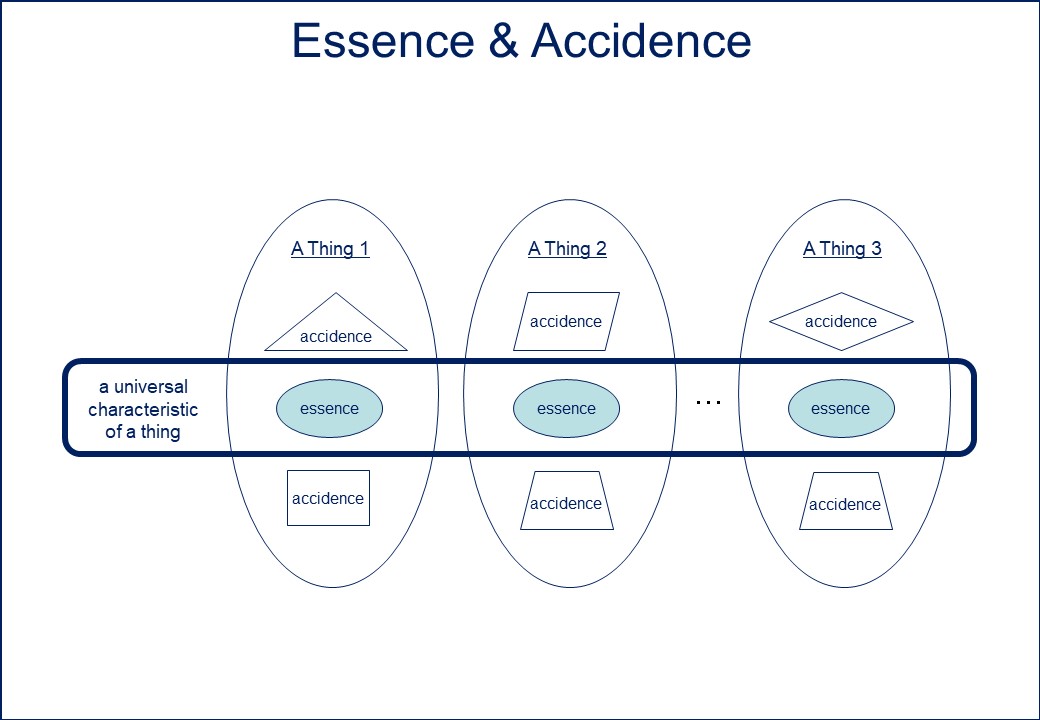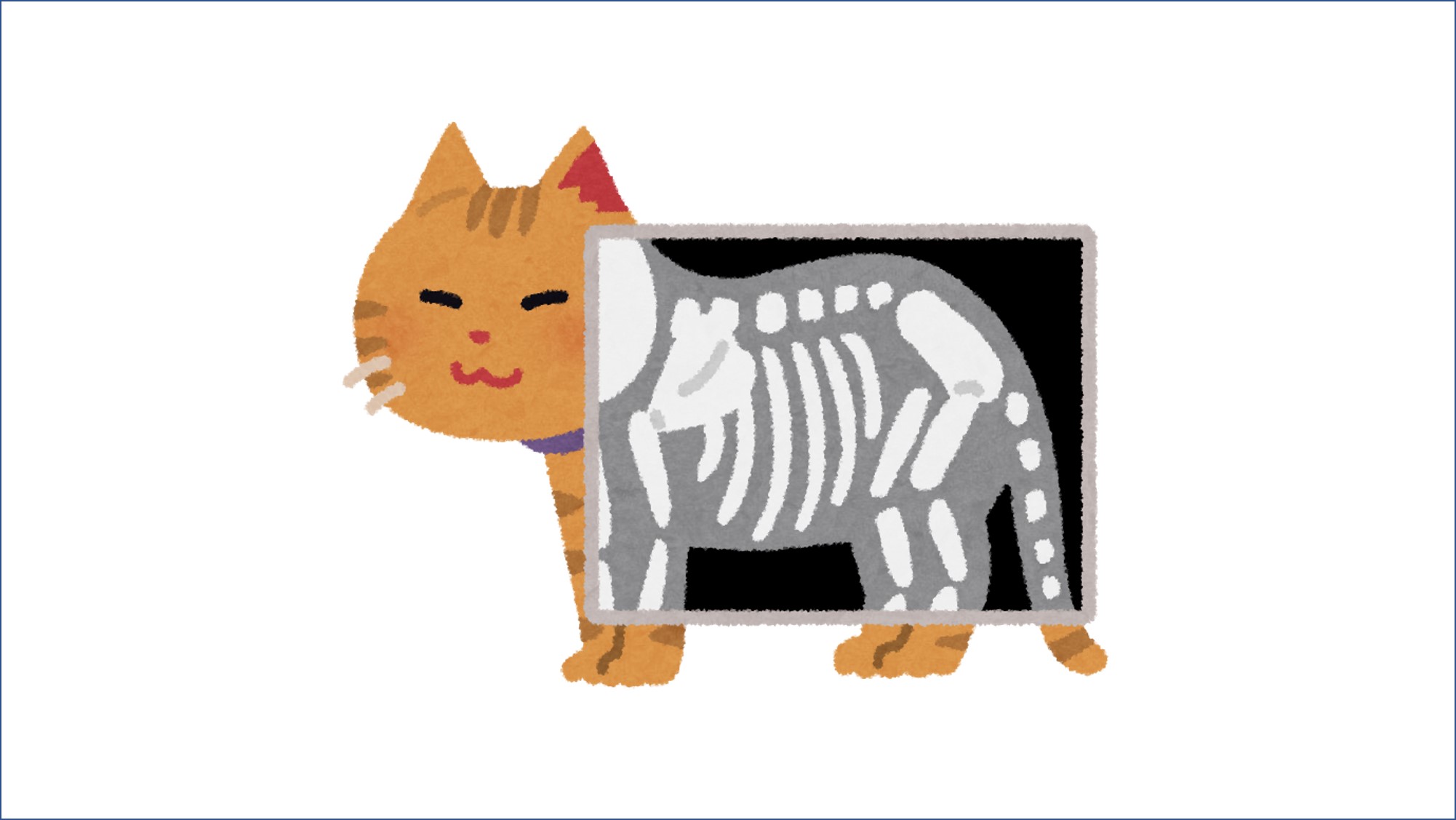“What is essence?”
When asked that question, there is almost no one who does not hesitate to answer.
It is not surprising that this is the case.
This is because the world does not yet have a standard answer to “What is essence?”
In fact, “what essence is?” remains a mystery of humankind that has continued since the ancient Greek era.
As a whole, the world does not understand “what essence is.”
Now, what is essence?
In philosophy, essence is thought of as “what makes it be what it is.”
“What makes it what it is” can be paraphrased as “what defines a thing as a thing” or, in short, “what defines a thing.”
Also in philosophy, essence is said to be universal.
If that’s the case, essence is “what universally defines a thing,” and “what universally defines a thing” is nothing but “what defines ‘what a thing is.’”
Therefore, essence can be thought of as “what defines ‘what a thing is.’”
But what kind of thing is true to “what defines ‘what a thing is’”?
That point remains a mystery.
Then, if we look for “what defines ‘what a thing is,’” there is only one in this world.
It is “an attribute that is common to all of a thing and not common to all other things,” that is, “a universal characteristic of a thing.”
“A universal characteristic of a thing” defines “what a thing is” as “a thing that has a universal characteristic called X,” if, for example, it is X.
A thing defined by “a universal characteristic of a thing” is “what a thing is” itself, i.e., “a thing itself.”
On the other hand, a thing defined by an attribute other than “a universal characteristic of a thing” is only something that seems like “what a thing is,” i.e., “something like a thing.”
Therefore, essence is “a universal characteristic of a thing.”
Essence defines “what a thing is” as “a thing that has essence called X,” if, for example, it is X.
A thing defined by essence of a thing is “a thing itself.”
A thing defined by an attribute other than essence of a thing is only “something like a thing.”
Actually, the foundation of natural science is essence.
In natural science, just as “a universal characteristic of a thing,” that is “a structure expressed by the chemical formula H2O,” that water possesses has been specified, “a universal characteristic of a thing” that each fundamental thing in nature possesses has been identified.
Also, just as “what water is” is defined as “a thing that has a universal characteristic called a structure expressed by the chemical formula H2O,” “what a thing is” is defined as “a thing that has a universal characteristic called X” with respect to each fundamental thing in nature.
Although they have not been addressed as “essence” because “what essence is” has not been understood, in natural science, essence of fundamental things in nature have been specified.
Then, just as nature laws related to water can be valid because water is not “something like water” but “water itself,” all nature laws can be valid because fundamental things in nature are not “something like a thing” but “a thing itself.”
Natural laws that are universal have been discovered based on essence that are universal, and their system, natural science, has been constructed.
This is probably the reason why the world has a vague image of essence as being “a root of a thing,” even though it does not understand “what essence is.”
Incidentally, essence of essence is “an attribute that is common to all of essence and not common to all other things,” that is, “a universal characteristic of essence.”
“A universal characteristic of essence” defines “what essence is” as “a thing that has a universal characteristic called ‘a universal characteristic of a thing.’”
Namely, the understanding that essence is “a universal characteristic of a thing” applies to essence of essence, and the understanding that essence defines “what a thing is” also applies to “what essence is.”
Also, just as “what a cat is” can mean both “a cat” as “all of a cat (all cats)” and “a cat” as “one of a cat (one of cats),” “what a thing is” can mean both “a thing” as “all of a thing (all a things)” and “a thing” as “one of a thing (one of a things).”
However, just as “what a cat is” defined by “a universal characteristic of a cat,” that is essence of a cat, means “a cat” as “all of a cat,” not “one of a cat,” “what a thing is” defined by “a universal characteristic of a thing,” that is essence, means “a thing” as “all of a thing,” not “one of a thing.”
Just as “a universal cat” that is “a cat” as “all of a cat” is opposed to “an individual cat” that is “a cat” as “one of a cat,” “a universal thing” that is “a thing” as “all of a thing” is opposed to “an individual thing” that is “a thing” as “one of a thing.”
Here is something we must think more deeply.
Strictly speaking, “an attribute that is common to all of a thing and not common to all other things” does not exist in “a thing” in reality.
This is easy to understand if we think about the case of “a thing” that arises not only in the past and/or present but also in the future.
In that case, “a thing” meaning “all of a thing” includes the ones that will arise in the future. However, the ones that will arise in the future do not yet exist, and since that is true, “a thing” meaning “all of a thing” will never exist.
Naturally, attributes of things that do not exist also do not exist.
Hence, we can only consider that “an attribute that is common to all of a thing and not common to all other things,” that is, “a universal characteristic of a thing,” is an attribute of “a thing” in recognition meaning “all of a thing,” not an attribute of “a thing” in reality.
Namely, because an attribute of “a thing” in recognition is also a recognition, essence is nothing but a recognition to represent “a universal characteristic of a thing” that defines “what a thing is” in recognition.
Also, a recognition is something to represent “a thing” in reality into the brain, and in that sense, it is “how we see a thing in reality,” shortly, “how we see a thing.”
Therefore, essence is “a root of how we see a thing.” It is not “a root of a thing” as the world imagines.
Then, if we simply call a thing (usually a collection of things) in reality “reality,” a recognition is something to represent reality into the brain, and in that sense, it is “how we see reality.”
Consequently, essence is “a root of how we see reality.”


